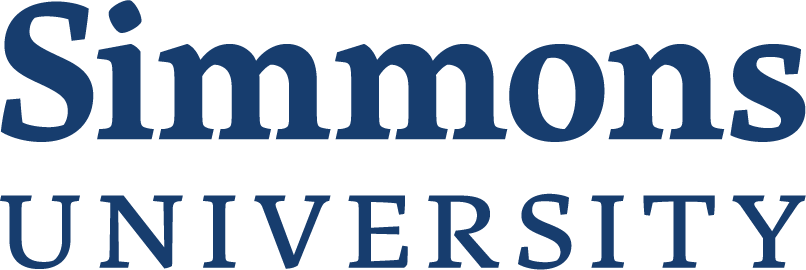It’s Fall – Balancing Time
Posted October 30, 2024 by Aurora Daniel
How fast this semester has flown by! It’s hard to believe that the leaves are already mostly off the trees, my last day of coaching Ultimate frisbee for the season is this Sunday, and that it’s already time to work on final projects. Unlike undergrad where I regularly had a midterm exam or a couple of tests throughout the semester (yes, even as an Art History major) I’ve found that Library Science and graduate-level history courses tend to have smaller group work assignments or papers early on in the semester and one large assignment towards the end. As we pass by the halfway mark of the semester I’ve transitioned from those smaller assignments to digging into my final projects.
What’s exciting this semester is how wildly different they are. For HIST-597: Historical Methods I am writing a historiography of any subject I choose. Currently, I’m exploring historical texts about the U.S. Army Nurse corps to see both how it came into being and how historians have covered its history over time. I did some research on this subject in undergrad so I don’t have to focus as much on familiarizing myself with the historical timeline. However, I do have to make sure I have enough literature to write this paper and that means giving Beatley enough time to get my Interlibrary Loan requests fulfilled. For LIS 532Q: Introduction to Museum studies I get to create an exhibit at any institution of my choice with the restriction that I can only use objects that are in that museum’s collection. I’ve decided to use Historic New England’s Eustis Estate, which is where the society shows most of its special exhibitions, and focus on objects from the Revolutionary war or commemorating the anniversary of it. I interned at Historic New England this past spring and was a tour guide for them last summer so it’s an institution that I am very familiar with.
Additionally, there are a lot of events and exhibits in New England right now celebrating the 250th anniversary of the Revolutionary War and I think it would be interesting to have one that joins the conversation. Some of the questions I’d like the exhibit to explore are: What does it mean to celebrate that victory? Who has been historically included and/or excluded in that celebration? How is that reflected in the kinds of memorabilia that is in Historic New England’s collection? It’s been a fun project to work on since I do have free reign to choose. Something I had been worried about when I made the decision to pursue Library Science instead of more Art History or a Museum Studies degree was losing opportunities to flex my creative muscles. I thought the program was going to be primarily focused on learning standards and implementing them, which to some extent it is. However, I hadn’t realized that I would be able to carry forward some aspects of curation and event planning that I got to do in my undergrad internships and courses. It’s been a pleasant surprise.
Finally, for LIS 446: Art Documentation I’m writing a research paper with a preliminary study on how art libraries use social media to engage with their user bases. I’m going to put together a questionnaire and reach out to 20 libraries, both academic and museum, to get a sense of how they use, or don’t use, social media. Social media as an advertising and marketing tool is something that has come up in a number of my library science courses so far and from what I can see on different professional organizations’ websites as well as in other recommendations or guidebooks there aren’t many professional guidelines or recommendations for how libraries should use social media. Much of the conversation has focused on dis/misinformation and how information professionals can best address that in their work. While I think that is a crucial aspect of the work that we do we also want to increase and sustain our connection with users. I think many public libraries are dedicated to social media as an outreach tool (I’m thinking of the many incredible tiktoks and reels made by the Milwaukee Public Library), but I haven’t noticed the same kind of use by art libraries and I’m curious why.
While I’m excited to be transitioning to working on these projects I’m simultaneously aware of the need to build in breaks and pace myself to avoid burnout. I’m a bit of a workaholic and sometimes struggle to give myself enough downtime. One thing I’m trying to do is spend 30 minutes each day either on yoga or journaling. Both help me feel grounded and give me an opportunity to vent, whether that’s by burning some energy or putting my frustrations into words in a non-judgemental space. So far I’ve been able to keep a streak and I’m mostly confident I can maintain these forms of self-care through the end of the semester.
